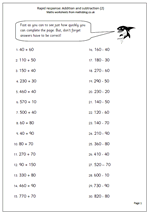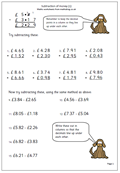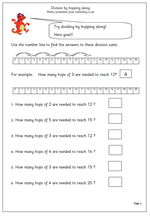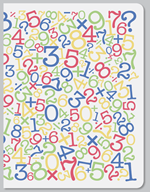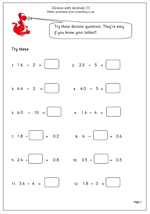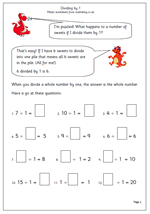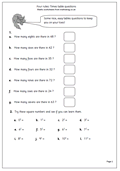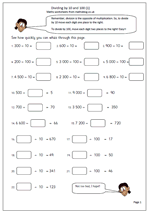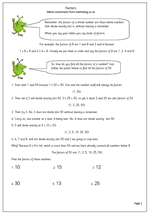Here is a second page of questions on adding and subtracting multiples of 10, which year 4 children should be able to take on and answer rapidly.
It is always fascinating to ask children how they work things out in their heads. Let’s look at 330 + 90. I would do this by adding 100 to make 430 and then subtracting 10 to make 420. It could also be done by adding 33 and 9 to make 42 and adjusting to take account of the hundreds; and there are other ways. Any way which reaches a correct answer is OK, but we are really looking for methods which are very fast and if children are not using them they should be shown.
